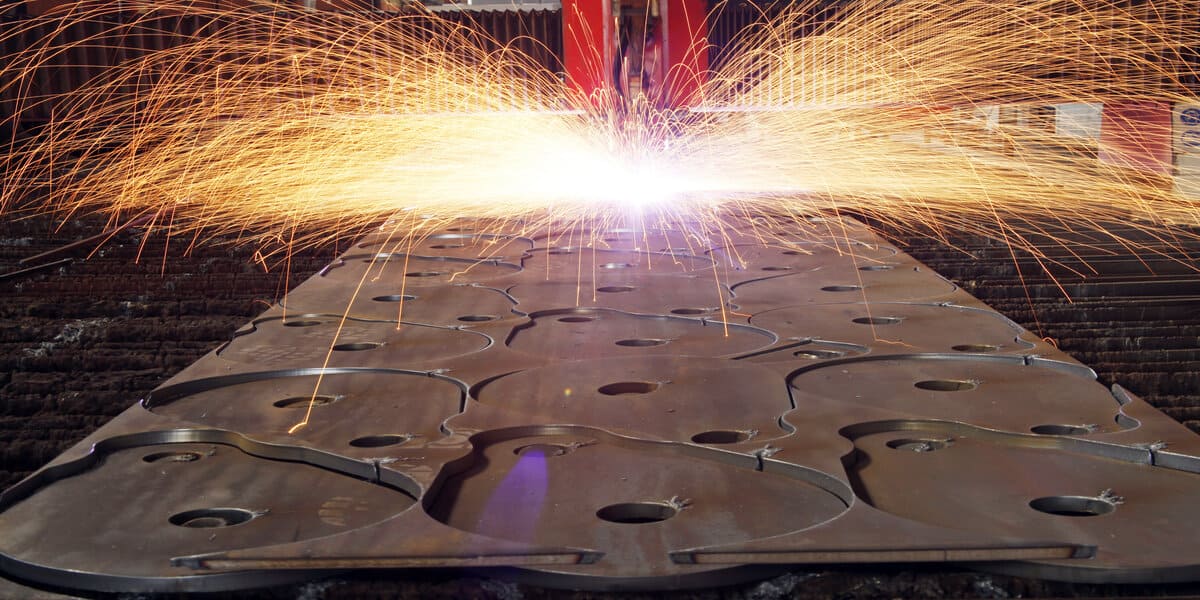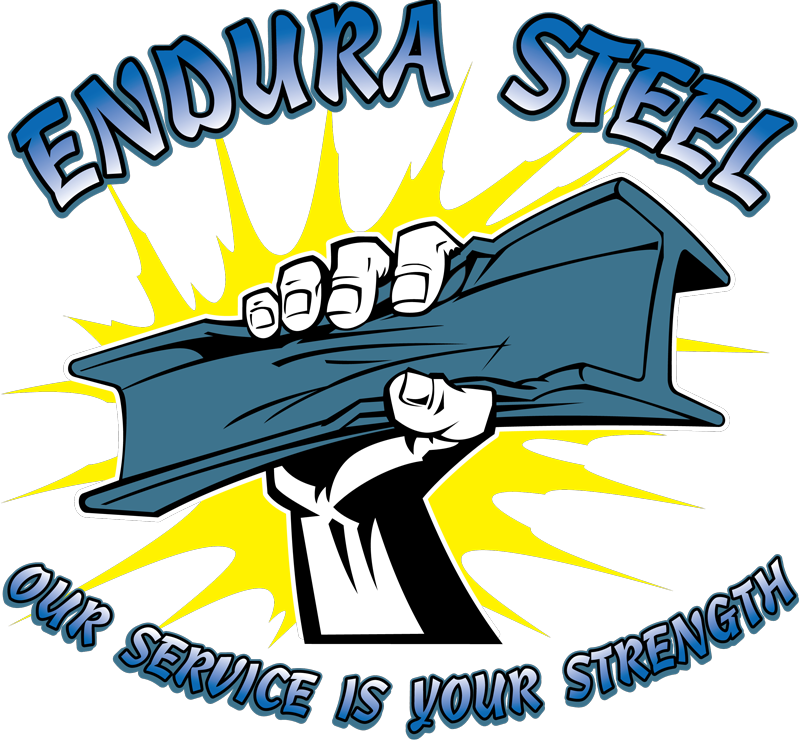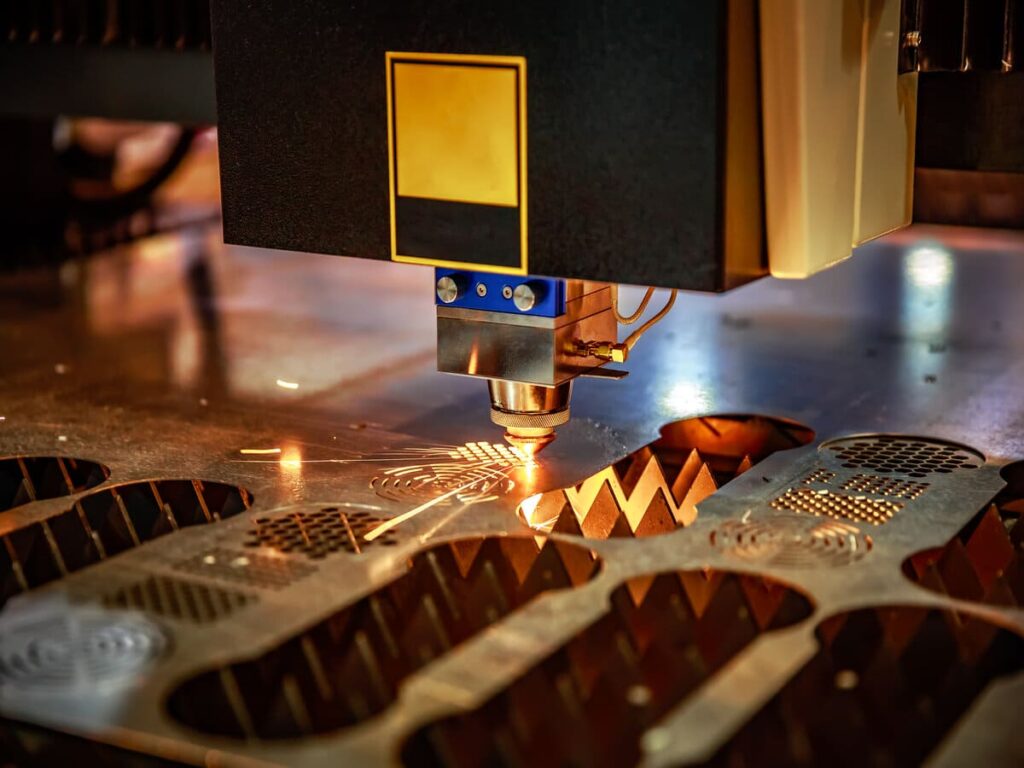Laser cutting has become increasingly popular in metal fabrication due to its precision and efficiency. This method uses a high-powered laser beam to cut through various types of metals with extreme accuracy, resulting in smooth, clean edges without any burrs or dross. Unlike traditional methods like plasma cutting, which uses heat to melt through materials, laser cutting uses a focused beam of light that vaporizes the metal. This makes it ideal for intricate designs, patterns, and complex cuts and angles.
Laser cutting has several advantages compared to waterjet cutting, which uses high-pressure streams of water to cut through materials. Firstly, it is much faster and more cost-effective as there is no need for additional materials or equipment maintenance. Laser cutting produces less waste and is more environmentally friendly, using no abrasive materials. It also has a higher level of accuracy and precision, making it the preferred choice for projects that require intricate designs or tight tolerances. Furthermore, laser cutting allows for faster production times and can be easily automated, increasing efficiency and reducing
Understanding Laser Cutting
What is Laser Cutting?
Laser cutting is a manufacturing process that uses a high-powered laser beam to cut through various materials with precision and accuracy. This method is commonly used in metal fabrication but can also be used on other materials such as wood, plastic, and paper. Computer software controls The laser beam, allowing for intricate designs and complex cuts to be made quickly and efficiently. Laser cutting is popular in many industries due to its speed, accuracy, and versatility.
Different Types of Lasers Used in Metal Fabrication
Three main types of lasers are used in metal fabrication: CO2, fiber, and neodymium-doped yttrium aluminum garnet (Nd: YAG) lasers. CO2 lasers are the most commonly used type and are ideal for cutting thicker materials, typically up to 1 inch thick. Fiber lasers work well with thin metals and can cut faster than CO2 lasers. Nd: YAG lasers are primarily used for engraving and marking rather than cutting. Each type of laser has its advantages and is chosen based on the project’s specific needs. With advancements in technology, newer types of lasers, such as diode-pumped solid-state (DPSS) and direct diode lasers, are also used in metal fabrication. These lasers offer faster cutting speeds and higher precision, making them a popular choice for industries that require high-volume production and strict quality control. Understanding the different types of lasers allows for selecting the most suitable one for each project, ensuring optimal results.
Benefits of Laser Cutting in Metal Fabrication Projects
Laser cutting offers numerous benefits for metal fabrication projects. First and foremost, it is a highly precise cutting method, resulting in smooth edges and tight tolerances. This precision allows for intricate designs and complex cuts to be easily made, making laser cutting ideal for creating customized parts or components. Additionally, laser cutting is a quick and efficient process, reducing production times and increasing productivity. It also produces less waste and is more environmentally friendly than traditional methods, making it a sustainable choice for metal fabrication projects.
Preparation for Laser Cutting
Before starting a laser cutting project, it is essential to understand the design and materials used clearly. This will help determine the type of laser most suitable for the project and ensure the desired outcome. Once the design is finalized, it must be converted into a digital file format that the laser cutter software can read. This can be done using computer-aided design (CAD) software or by working with a professional fabricator who can assist in converting designs into the necessary format.
Once the design is ready, selecting the appropriate material for the project is crucial. Laser cutting can be used on various metals, including stainless steel, aluminum, and brass. Each type of metal has different properties that can affect the cutting process, such as thickness and reflectivity. Understanding these properties is essential for selecting the right laser and ensuring a successful project. It is also necessary to properly clean and prepare the material before cutting to ensure optimal results. This includes removing debris or contaminants that may interfere with the laser beam’s effectiveness. Carefully preparing the design and materials can ensure a smooth and efficient laser-cutting project.

The Laser Cutting Process
The laser cutting process involves several steps, including designing and preparing materials. Once everything is ready, the material is placed on a cutting table and secured. The laser beam then focuses on the material’s surface, melting or vaporizing it to create a precise cut. As the laser moves along the designated path, it cuts through the material using heat and pressure, leaving a clean, smooth edge. The process is repeated until the desired design is complete.
One of the significant advantages of laser cutting is its ability to cut through various materials with extreme accuracy, resulting in intricate designs and sharp angles. This level of precision allows for minimal material waste, reducing production costs and increasing efficiency. Additionally, laser cutting can be easily automated, allowing for faster production times and consistent results. The entire process is controlled by computer software, ensuring that each piece is cut to the exact specifications, making it a highly reliable method for metal fabrication projects.
Safety Measures
While laser cutting offers numerous benefits, following safety measures to ensure a safe working environment is essential. The high-powered laser beam in this process can be hazardous if incorrectly handled. When operating the machine, wearing appropriate personal protective equipment (PPE), such as goggles and gloves is crucial. Regular laser cutter maintenance is necessary to prevent malfunctions that may result in accidents.
Proper training is also crucial for anyone using a laser cutter to understand the machine’s capabilities and potential hazards. A designated safety officer should oversee all operations to ensure all safety protocols are followed. Keeping the work area clean and clutter-free is also important, as debris or objects can interfere with the laser beam’s effectiveness. Following these safety measures can significantly reduce the risk of accidents, ensuring a safe and efficient working environment.
Common Applications
Laser cutting has a wide range of applications in metal fabrication due to its precision and versatility. It is commonly used for various purposes in automotive, aerospace, electronics, and architecture industries. In the automotive industry, laser cutting creates intricate parts and components with precise measurements. It also allows for fast production times and can be easily automated, making it ideal for high-volume production.
In the aerospace and electronics industries, laser cutting is used to make complex designs and patterns on metal surfaces with extreme precision. This level of accuracy ensures that electronic components fit perfectly, preventing malfunctions or failures. Laser cutting creates decorative metal pieces such as railings, panels, and architectural signage. The precise cuts and intricate designs achieved with laser cutting make it a popular architectural choice.
Troubleshooting and Maintenance
While laser-cutting machines are highly reliable, occasional issues may arise during cutting. One common troubleshooting technique is checking the alignment of the laser beam. If the beam is not aligned correctly, it can result in uneven or inaccurate cuts. Regularly inspecting and cleaning the machine’s optics can also help prevent any potential problems. Adjusting the settings for speed and power can also address cutting issues. If all troubleshooting techniques fail, contacting a professional for maintenance or repairs may be necessary.
Regular maintenance is essential for ensuring the quality and longevity of a laser cutter. This includes cleaning and regularly replacing any parts that may wear out over time, such as lenses, mirrors, or focusing nozzles. Keeping the machine’s cutting area clean and debris-free is also crucial. This helps maintain the laser’s effectiveness and prevents any potential hazards. Proper maintenance extends the lifespan of a laser cutter and ensures consistent, high-quality results for all projects. By following these troubleshooting and maintenance techniques, users can ensure the smooth operation of their laser-cutting machines for years.
Future of Laser Cutting
The future of laser cutting technology looks promising, with continuous advancements and innovations. One area currently being explored is using ultrafast lasers for more precision and efficiency in cutting thin materials. Additionally, there are ongoing research efforts to expand the list of compatible materials for laser cutting, such as glass or ceramics. This opens up new possibilities for various industries and applications.
Another trend in laser cutting is incorporating artificial intelligence (AI) and machine learning. AI can analyze data and patterns to optimize cutting paths, resulting in faster production times and more accurate cuts. This technology also allows for automated adjustments based on material properties, reducing the need for manual intervention. As with many industries, integrating AI and machine learning is expected to enhance the capabilities and efficiency of laser cutting even further. With these developments, laser cutting will continue to be a valuable tool for metal fabrication and other industries, driving innovation and progress.
In conclusion, laser cutting is a highly efficient and precise method for metal fabrication with numerous advantages. Its ability to cut through various materials with extreme precision makes it versatile in multiple industries. However, following safety measures and regular maintenance are essential for ensuring laser-cutting machines’ safe operation and longevity. The future of laser cutting looks promising, with ongoing technological advancements and AI and machine learning integration. With these developments, laser cutting will continue to be a key player in driving innovation and progress in metal fabrication and other industries. So, it is safe to say that laser cutting is an integral part of modern manufacturing processes, providing high-quality results while saving time and costs.

Frequently Asked Questions
What materials can be cut with a laser cutter?
Laser cutting is commonly used for steel, aluminum, and copper metals. However, it can also be cut through wood, acrylic, and plastics.
Is laser cutting safe?
Laser cutting can be hazardous if not handled correctly. However, the risks can be significantly reduced by following safety protocols and wearing appropriate personal protective equipment.
Can laser cutting be used for large-scale production?
Yes, laser cutting is widely used in high-volume production due to its speed and accuracy. It can produce consistent results even with intricate designs.
How often does a laser cutter need maintenance?
The frequency of maintenance may vary depending on usage and the specific machine, but it is generally recommended to have regular maintenance every 6-12 months.
Can laser cutting be used for non-metal materials?
Yes, laser cutting can also be used for non-metal materials such as wood, acrylic, and plastics. The type of material that can be cut depends on the power and type of laser cutter used. So, it is important to check the machine’s specifications before attempting to cut a specific material.
References

